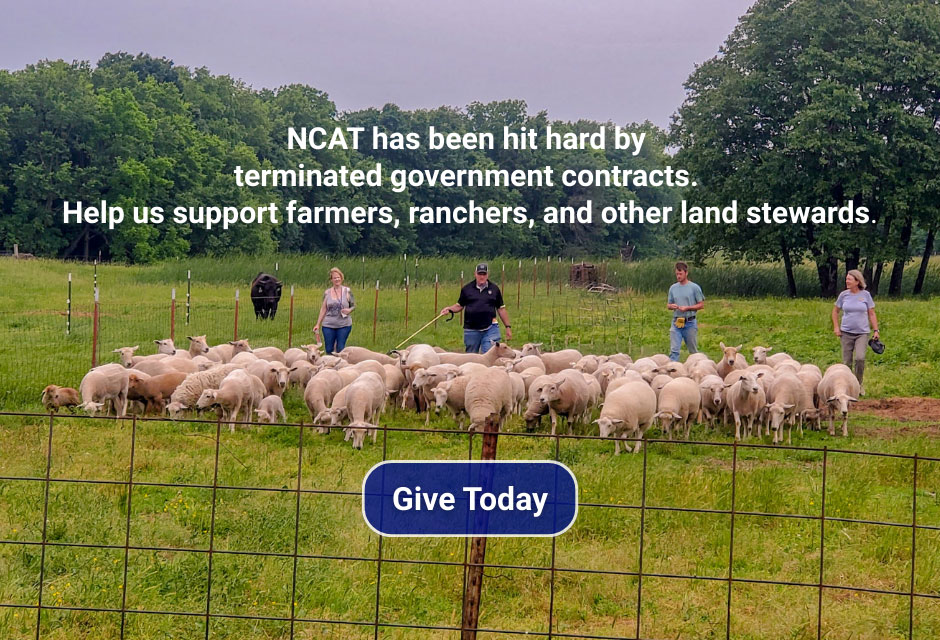Tips on Forest Farming Medicinals from ‘Joe Ginseng’
 Print This Post
Print This Post
By Nina Prater, NCAT Sustainable Agriculture Specialist
Ginseng is a valuable native medicinal plant that can be farmed in a ‘wild simulated’ cultivation method in many parts of the United States. Wild simulated means growing the ginseng in a way that closely mimics how it grows in its natural setting. NCAT Sustainable Agriculture Specialist Eddy Labus sat down with Joe ‘Ginseng’ Boccardy to learn more about forest farming ginseng in the Southern Appalachians in this episode of Voices from the Field.
It’s called “green gold” by some, but you can’t be in a rush to grow it. When using wild simulated cultivation methods, you need to wait until the plants are at least five years old before you can harvest them for their roots. Here are some tips Joe shared in the podcast episode to get folks started in ginseng cultivation:
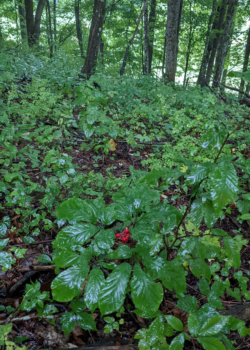
Wild simulated ginseng growing in the forest. Photo: Margo Hale, NCAT
- Ginseng likes well-drained, calcium-rich soil. Maples and poplars are natural indicators of higher calcium levels in the soil, so if you can find those in your forest, it’s probably a good spot for ginseng.
- When it comes to sunlight, it’s a Goldilocks-type plant. Ginseng prefers sporadic sunlight but not too much shade.
- Ginseng needs good airflow around the plants to prevent diseases.
- It is best to find a source of seeds from plants that are acclimated to the climate it will be growing in.
- Wild American ginseng root is much more valuable in the international market than ginseng grown under highly controlled conditions. This is because wild or wild-simulated ginseng has higher amounts of the compounds that give ginseng its medicinal properties (ginsenosides).
- Since it takes so long for the roots to mature, some people harvest the leaves, which can be used in teas. You have to be careful not to over-harvest the leaves, though, so the roots remain strong.
- Making value-added products like tinctures or teas can be a good way to market these niche, medicinal crops.
Joe and Eddy discuss these tips and more in detail in their conversation. Joe has been growing ginseng as well as goldenseal, cohosh, and others medicinal plants for decades, and his knowledge and experience in forest farming are invaluable. If you’re curious about adding some forest-grown crops to your operation, have a listen!

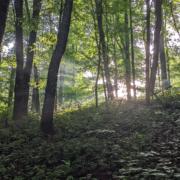
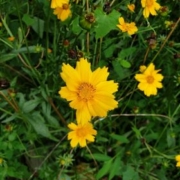
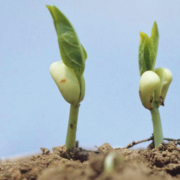
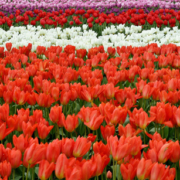
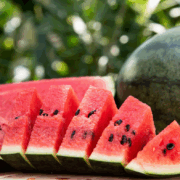
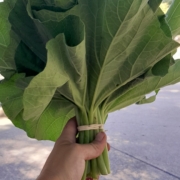
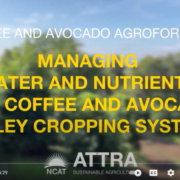
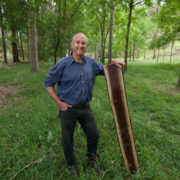
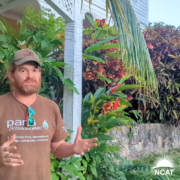
 NCAT
NCAT
